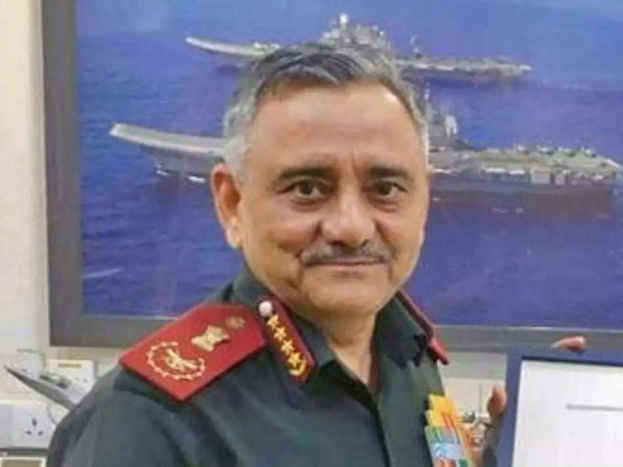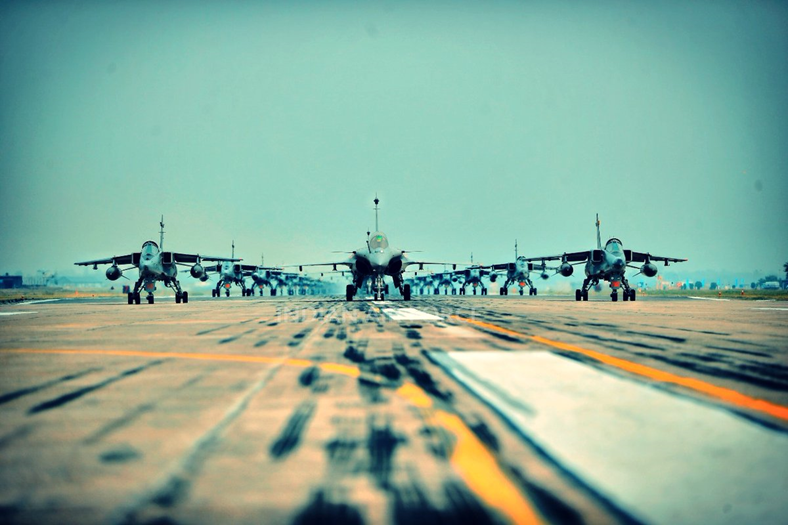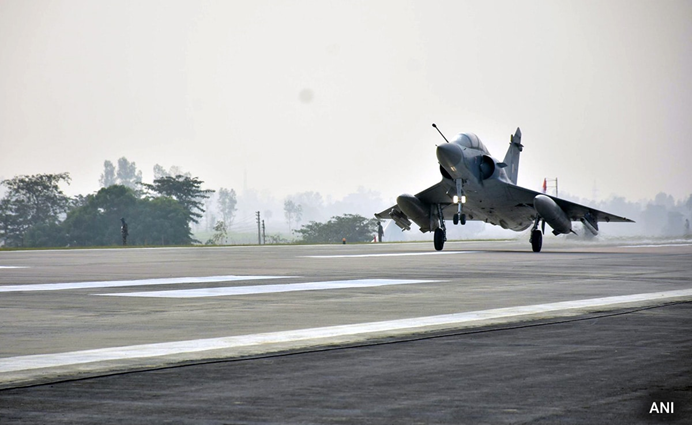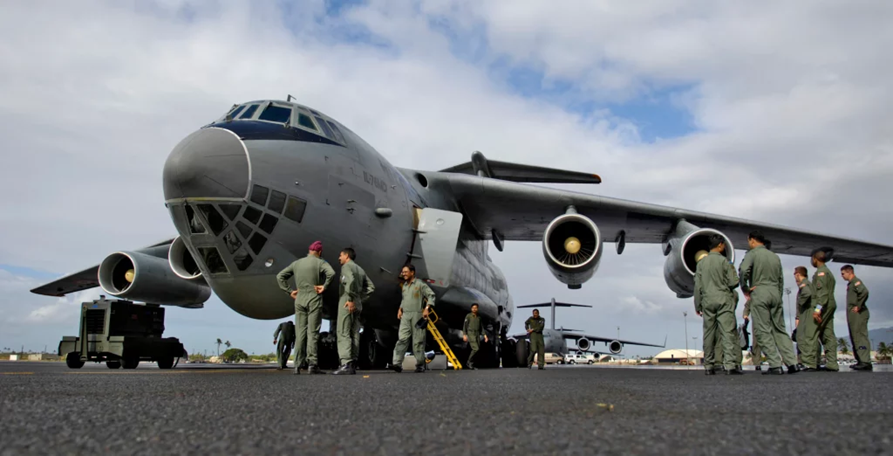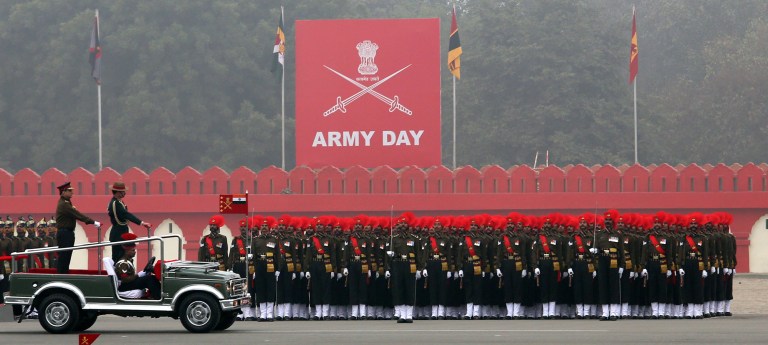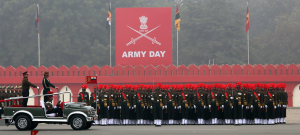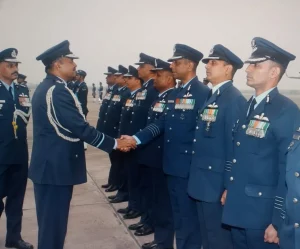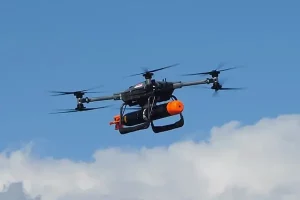The Indian Air Force is in the process of taking over three air landing strips in Uttarakhand, which will not only be strategically useful for the defence forces but also help in improving the connectivity of the state, CDS General Anil said.
Air Force Considering Taking Over Three Airstrips In UK
The three airstrips mentioned by the CDS include Pithoragarh in the Kumaon Hills and Dharasu and Gauchar in the Garhwal Hills. Addressing the event ‘Raibaar-5’, the CDS said, “Pithoragarh, Dharasu, and Gauchar are landing grounds in Uttarakhand. These landing strips are made on the land of the state government.
Kurebhar Airstrip Is Part IAF’s Op-plan To Counter China
With the Chinese constructing new airports and upgrading the existing ones all along the 3488 km lone LAC the 3.3-kilometre-long runway at Kurebhar on the newly-inaugurated Purvanchal Expressway is designed to play a major role in fighter and transport operations in case of a worst-case scenario. The Lucknow-Agra expressway also has another airstrip for the same reasons.
Underground Shelters of China PLA Air Force
The decision to construct these airstrips has been taken considering that PLA Air Force is building underground shelters for its fighters across the LAC in Kashgar, Hotan, Damxung, Lhasa, Shigatse, Ngari -Gar Gunsa, Bangda and Nyinmgchi dual-purpose airports with new airports coming up in Tashikorgan, Purang, Tingri and Lhuntse.
Strength of the Chinese Air Force
- IAF is the fourth-largest air force in the world, whereas PLAAF is the third
- The enormous fleet of fighter aircraft and cutting-edge air defense systems operated by the PLAAF present a daunting challenge to the IAF’s small fleet.
- The PLAAF has more than 2,000 combat aircraft in its inventory, which is more than twice as many as the IAF’s 900 combat aircraft.
- Compared to the IAF, the PLAAF boasts a fleet of long-range strategic bombers and more strategic assets, including combat drones and airborne warning and control system (AWACS) aircraft.
India’s Advantages
- The pilots of the IAF have first-hand knowledge of high-altitude combat missions.
- The strategic placement of sites close to the LAC ensures that India’s aircraft assets would receive unbroken support.
- During conflicts, combat-proven aerial assets like the AH-64E Apache and CH-47F Chinook assure dependability. At the same time, the current fleet of transport aircraft ensures quick delivery of supplies and equipment to the operational regions.
- Although the IAF Rafale, a 4.5-generation aircraft, is considered superior, the PLAAF has begun introducing the J-20, which was touted as a fifth-generation fighter for its stealth features.

